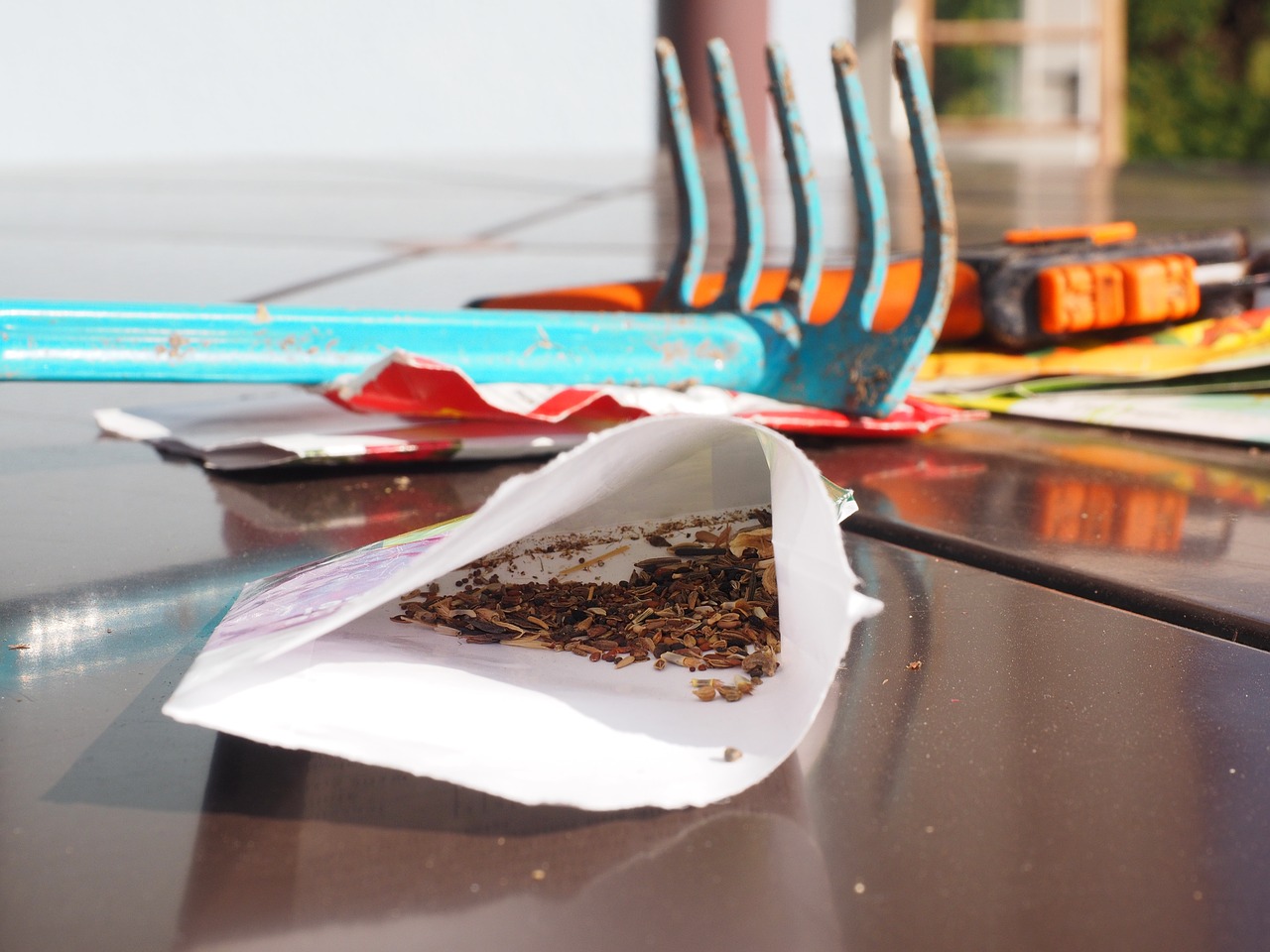
Germination test
easy
If you have a stash of seeds from previous years but aren't sure if they're still good, try doing a simple germination test. Some seeds keep well for years while others have a very short shelf life. For example, lettuce, cucumber and endive can keep for 5 - 6 years while parsnips, parsley and some onions barely last a year.
Here's how to do a simple germination test:
- Spread 10 or more seeds on a moist (but not soppy) paper towel, fold it over once or twice and then place that in a plastic bag and seal.
- Keep in a warm place and check the seeds every few days. Read the seed packet to see how many days it takes to germinate your particular plant.
- After the required number of days, count the number of sprouted seeds and divide by the total number of seeds to get a percentage.
If you're testing seeds like tomatoes or peppers and don't want to waste the test sprouts, carefully cut the paper towel around the sprout (avoid snipping the root). Then plant it into a container of potting soil where it can continue to grow.
Another top tip: When buying new seeds, mark the year of purchase on the package.

